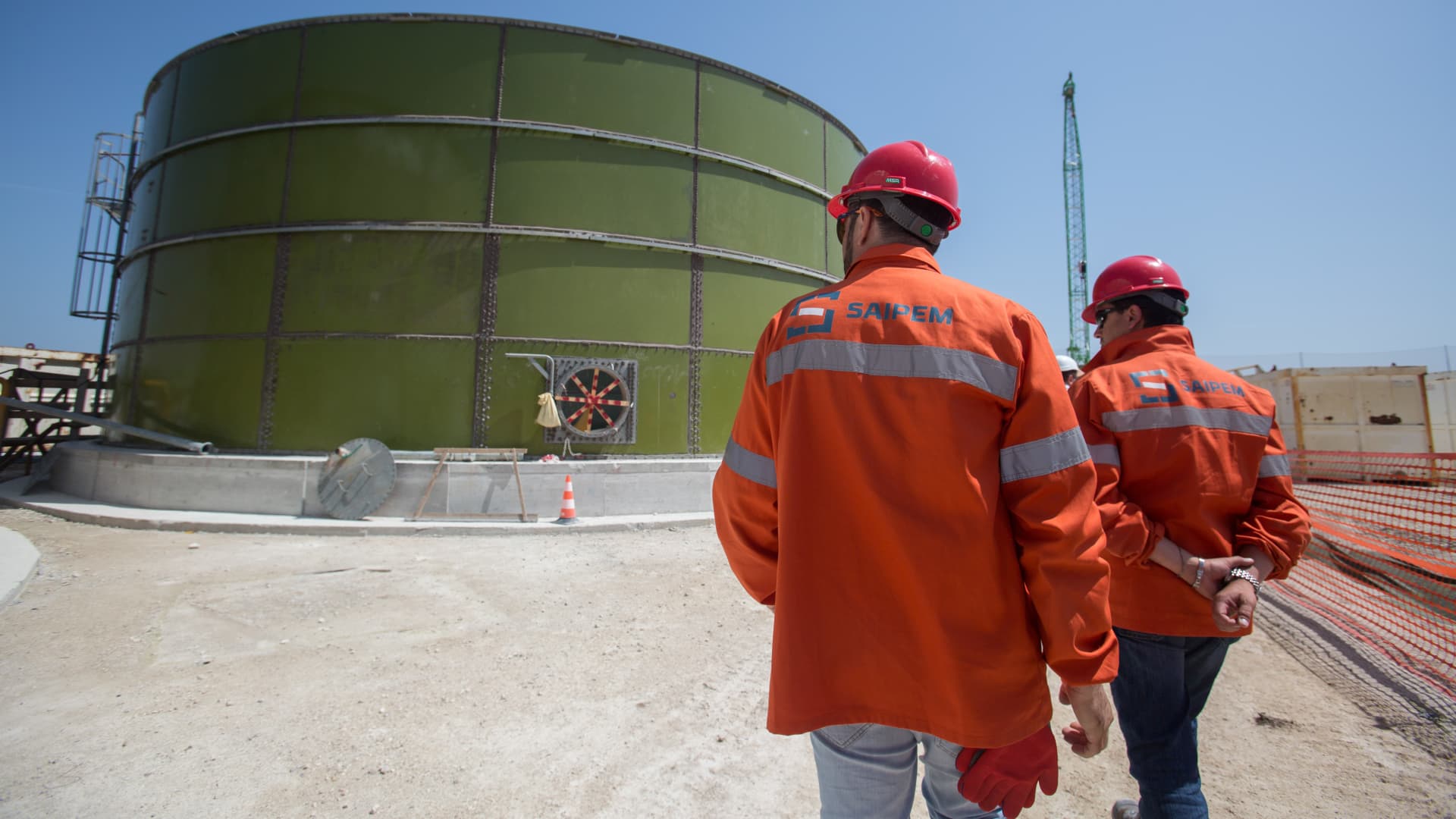Energy
Tuesday, November 14th, 2023 3:01 pm EDT
Key Points
- Agrivoltaics as a Modern Approach to Agriculture:
-
- The article introduces the concept of agrivoltaics, an innovative industry combining solar energy production with agricultural activities such as sheep grazing, beekeeping, and crop growing.
- Amanda Stoffels, a landowner at Elm Branch Solar Farm in Texas, exemplifies the modern approach to agriculture by leasing her land to Lightsource BP. She earns income from both the lease payments and a grazing contract, allowing her to become a full-time shepherd.
- Addressing Tension Between Farmers and Solar Developers:
-
-
- Agrivoltaics is seen as a potential compromise to alleviate the tension between farmers and solar developers who often have conflicting land-use interests.
- Jordan Macknick, Lead Energy-Water-Land Analyst for the National Renewable Energy Laboratory, notes that despite the vastness of the U.S., every square inch of land is owned or cherished. Agrivoltaics provides an opportunity to continue farming while producing clean electricity.
-
- Growing Industry with Financial Benefits:
-
-
-
- The article emphasizes the growing prominence of agrivoltaics, with the U.S. having about five gigawatts of projects across over 30 states, comprising 3% of the country’s installed solar capacity.
- Farmers find agrivoltaics financially lucrative compared to traditional crop farming, offering a steady income. Tom Koranek, a landowner leasing to Lightsource, highlights the stability compared to the variable returns of crop farming.
-
-
The article discusses the emerging industry of agrivoltaics, which combines solar energy production with various agricultural activities such as sheep grazing, beekeeping, and crop growing. This innovative approach aims to address the potential tension between farmers and solar developers who often have conflicting land-use interests. Here are the key points:
- Agrivoltaics as a Compromise:
- Agrivoltaics combines solar energy production with traditional agricultural activities, offering a compromise that allows farming and clean electricity generation to coexist.
- Jordan Macknick, Lead Energy-Water-Land Analyst for the National Renewable Energy Laboratory, emphasizes that in a country where every inch of land is owned or cherished, agrivoltaics provides an opportunity to continue farming while producing clean energy.
- Win-Win for Farmers and Solar Developers:
- As the U.S. aims to build a significant amount of utility-scale solar to meet decarbonization goals, solar developers are attracted to agrivoltaics for community acceptance and excitement about solar projects.
- Becca Jones-Albertus, Director of the U.S. Department of Energy’s Solar Energy Technologies Office, notes that turning grazing land into a dual-use with solar energy production opens up a vast potential market space.
- Currently, the U.S. has about five gigawatts of agrivoltaic projects, covering over 35,000 acres in more than 30 states, representing about 3% of the country’s installed solar capacity.
- Financial Benefits for Farmers:
- Farmers engaging in agrivoltaics find it financially lucrative, offering a steady income compared to traditional crop farming, which can be more financially risky due to variable returns.
- Landowners like Tom Koranek, who leases land to solar developers, find agrivoltaics to be a much better financial contribution than growing crops, providing a steady income year after year.
- Major Players and Expansion:
- Lightsource BP, a solar energy developer with 50% ownership by British oil major BP, is a significant player in agrivoltaics. They operate 615 megawatts of sheep grazing and solar power projects, comprising about 12% of the nation’s agrivoltaic portfolio.
- Shell is also involved through its 44% stake in solar developer Silicon Ranch, which operates 1,300 megawatts of agrivoltaic projects, with plans for an additional 900 megawatts in the next two years.
- The article highlights that while Lightsource is interested in venturing into crop production, it could be challenging to see utility-scale crop production and solar energy projects given existing costs and market conditions.
- Challenges and Future Prospects:
- Challenges exist in combining crop production with solar panels due to the need for alterations in solar array design and associated costs.
- The Department of Energy is funding agrivoltaic projects focused on enabling the deployment of projects for crop production, grazing, and pollinator habitats. Lightsource BP is interested in testing crop production on one of its sites next year.
- Community Relationships and Land-Use Arrangements:
- Both Lightsource BP and Silicon Ranch emphasize the importance of community relationships and mutually beneficial land-use arrangements. They aim to bring value to the communities where solar arrays are sited to maintain social acceptance and support renewable energy goals.
For the full original article on CNBC, please click here: https://www.cnbc.com/2023/11/14/agrvoltaics231106brighamsf.html




